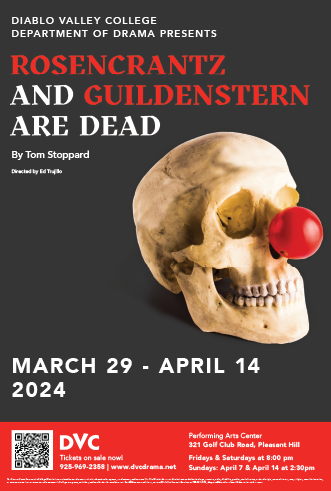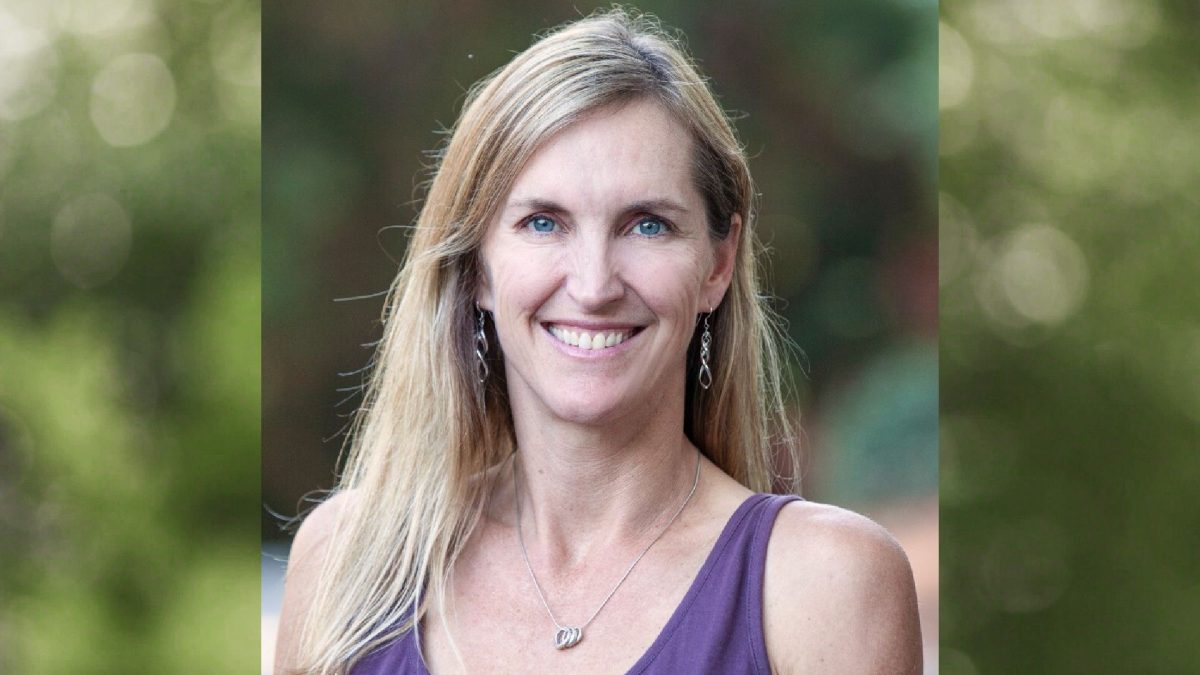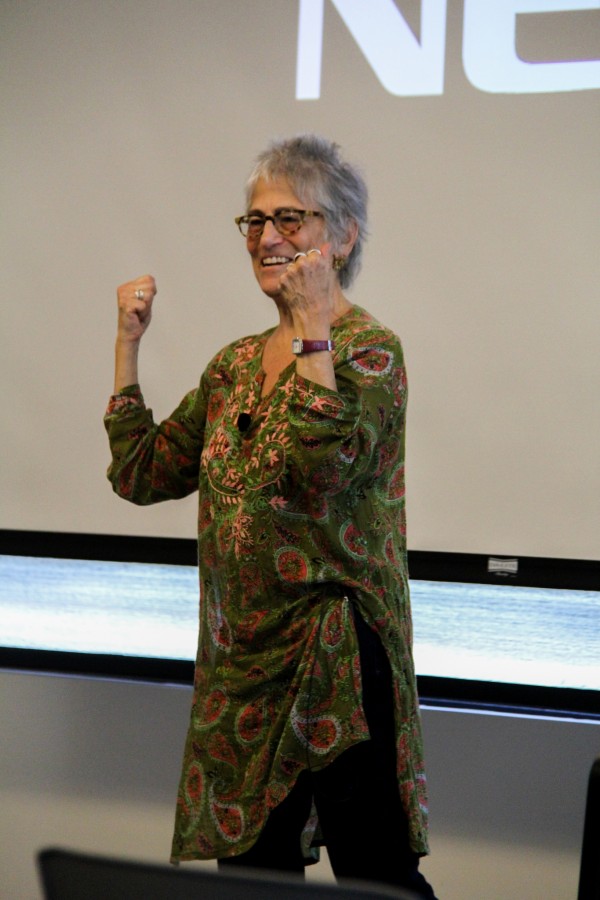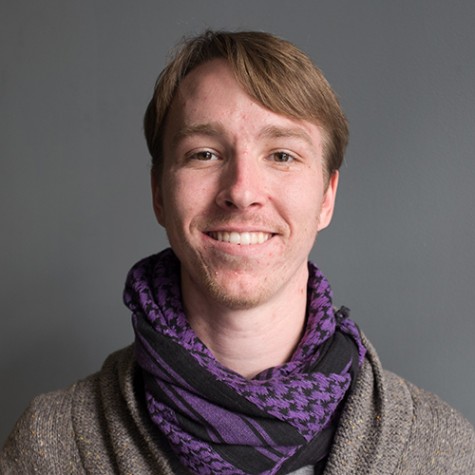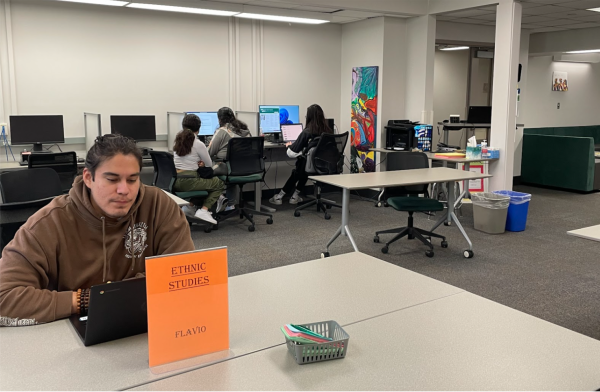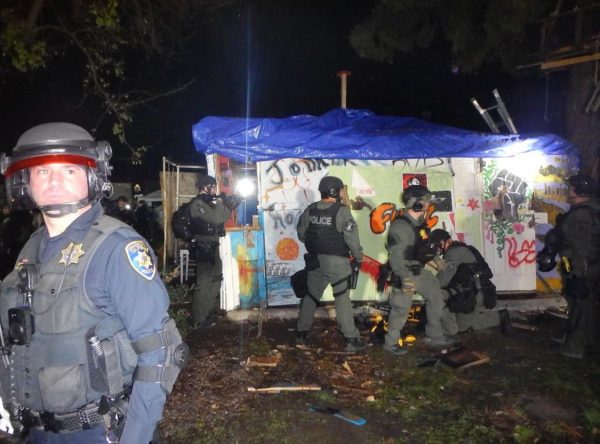Author Linda Gordon speaks at DVC
Linda Gordon gives a lecture to DVC students on March 18 about her 2009 book, “Dorothea Lange: A Life Beyond Limits” as part of DVC’s speaker series for Women’s History Month.
March 24, 2015
Award-winning author Linda Gordon, known for her biography of photographer Dorthea Lange, visited Diablo Valley College on March 18 to partake in the campus wide Women’s History Month celebration.
Gordon, a history and humanities professor at New York University, shared insight on the famous artist with attendees in the DVC Diablo Room.
History professor Melissa Jacobson, who planned Gordon’s visit, welcomed the audience and thanked sponsors. She then passed the microphone to history professor Bridgitte Schafer who introduced Gordon to the crowd.
Gordon began her presentation by showing Lange’s most famous photograph, widely referred to as “Migrant Mother.” Everyone knows the photograph, Gordon explained; not everyone knows the photographer. Gordon then went on to describe Lange. Although she was disease stricken with Polio, she was strong and driven.
“She was born with an assertive personality,” Gordon said. “Other girls might be weakened by challenges, but they toughened her.”
Lange, a Depression-era photographer, documented the poor and the oppressed, often focusing on issues of gender and race while working for President Franklin Roosevelt’s Farm Security Administration, which promoted propaganda for his New Deal. One-third of her photos during her employment were of people of color, but only pictures of the White were published by the Federal Government during this time.
Additionally, her later coverage of the Japanese-American internment camps after the attack on Pearl Harbor were impounded by the U.S. Army and not published for over 50 years.
Throughout her employment with the FSA, Lange was the only woman photographer, the only disabled person and the only parent on the job.
“She was guilty of what at the time I think was probably the greatest of all female vices: she was ambitious,” Gordon said.
Lange’s vision centered around capturing the conditions of the oppressed. Gordon noted that society has definitely improved in regards to gender and race inequality. However, she believes that modern media still only highlights the privilege of the 1 percent elite.
Modern-day migrant workers are the individuals we encounter everyday: Walmart workers, restaurant servers and house maids, she said.
“She thought that art should ask questions rather than provide answers,” Gordon said.
Health care administration major Nana Tutberidze, 33, was impressed by the evolution of Lange’s photography. She said Lange followed her ambitions and did what she loved, and as a result, her contributions left an impacting legacy.
Danielle Carmody, 20, was inspired by Lange’s ability to push through her Polio disability.
“Even though it was such a huge part of who she was, she didn’t let it stop her from accomplishing her dreams and becoming a photographer,” Carmody said. “And one of the best.”



















